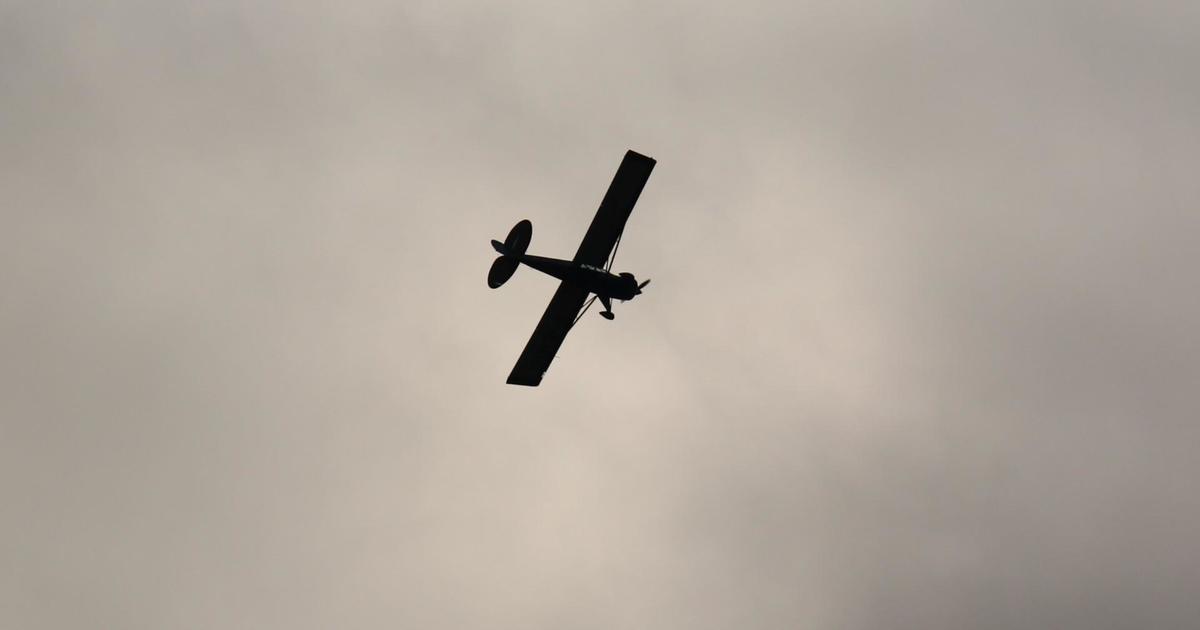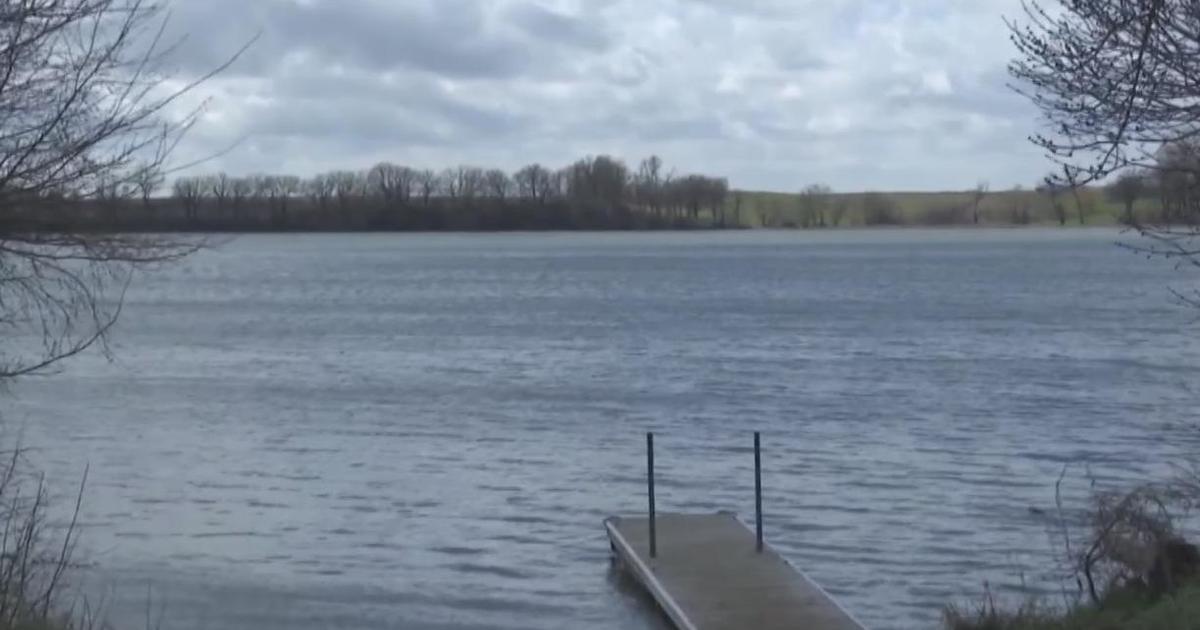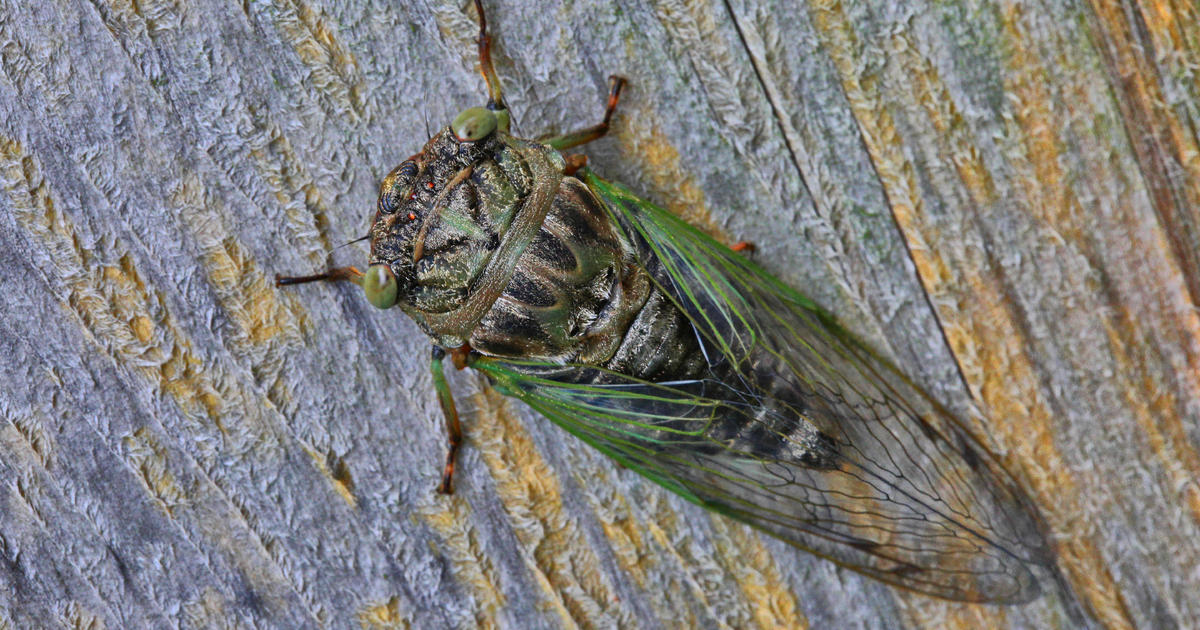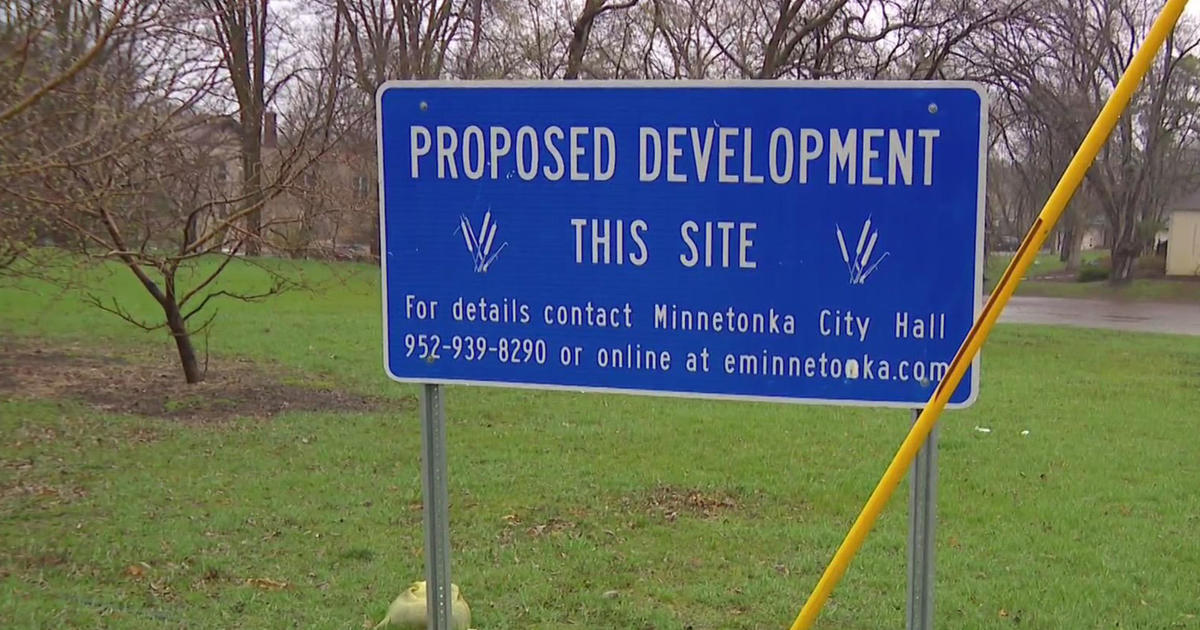Report: DNA Method Helpful In Seeking Asian Carp
TRAVERSE CITY, Mich. (AP) -- Federal officials promised Friday to improve two crucial weapons in the fight to prevent Asian carp from invading the Great Lakes: an electric fish barrier near Chicago and an early-warning system that detects carp DNA in waterways.
The U.S. Army Corps of Engineers released a report by four independent scientists who analyzed the "environmental DNA" process that government and university scientists have used the past two years to search for the carp on both sides of the barrier.
The study concluded the means of detecting the carps' genetic material in water samples is fundamentally sound but should be refined to answer questions such as whether the DNA came from live carp and, if so, how many. Research to improve the system is under way, Army Corps officials said.
The Corps also announced it was turning up the juice on the barrier network in the Chicago Sanitary and Ship Canal, a man-made link between Lake Michigan and the Mississippi River system. The barrier is designed to prevent Asian carp and other fish from migrating between watersheds and competing with native species for food and living space.
The Obama administration has pledged more than $125 million to protect the Great Lakes from bighead and silver carp, Asian varieties that escaped from Southern fish farms and sewage lagoons in the early 1970s and have migrated north in the Mississippi and tributary rivers. Scientists say if the aggressive carp become established in the Great Lakes, they might starve out other fish by gobbling tiny fish and plants at the base of the food chain.
Five states -- Michigan, Ohio, Wisconsin, Minnesota and Pennsylvania -- have filed a federal lawsuit calling for re-engineering the Chicago canal to sever ties between the Mississippi and Great Lakes drainage basins. The Army Corps plans to release a report on that and other possible long-range solutions to species migration in 2015. Chicago business interests say cutting the link between the watersheds would devastate shipping companies that use the canal.
A key issue in the debate is how well the electric barrier 37 miles south of Chicago is performing.
The Army Corps says there's no evidence that any carp have gotten through. The five states and environmentalists contend it's not foolproof, pointing to the discovery of Asian carp DNA, also known as "eDNA," in dozens of water samples taken from beyond the barrier since fall of 2009. Business groups have questioned the reliability of the DNA findings.
In the report released Friday, the independent scientists said the methodology used to detect carp DNA in the water was solid. But they called for improvements, saying it "does not unequivocally indicate the physical presence of live bighead or silver carp."
David Lodge, the University of Notre Dame biologist whose team developed the DNA process, said he never claimed otherwise. The advantage of DNA is that it's easier to find than live fish, so it provides an early indicator that carp might be present, he said.
"This should bring to a closure any questions about the technical robustness or the usefulness of eDNA," Lodge said. "This also should make it possible to move quickly toward refining the tool to provide more of the kinds of information that the independent review team pointed out would be useful."
While insisting the barrier is stopping fish migration, the Corps said Friday that tests have shown the voltage could be increased about 15 percent -- from 2 volts per inch to 2.3 volts per inch -- without endangering people in passing vessels.
The adjustment will take place this fall and will make the barrier even more effective, said Maj. Gen. John Peabody, commander of the Great Lakes and Ohio River Division. Additionally, barrier's frequency will be doubled and its electric pulses will become more rapid.
"We think it's prudent to take all precautionary steps possible so long as we can do them safely," Peabody said in a conference call with reporters.
The Army Corps said its confidence in the barrier was based on movements of 166 fish fitted with transmitter tags. Although devices tracking the tags have recorded 1.9 million hits, none of the fish have been spotted passing through the barrier, Peabody said. One tag was found on the other side but it appears that fish was snagged by an angler, said Kelly Baerwaldt, a Corps fishery biologist.
In June, the Corps released six fish -- not Asian carps -- just above the barrier. Two passed through the force field but apparently were immobilized, while two others entered the field and apparently were killed. The final two swam upstream, Peabody said.
"We believe the barrier is effectively preventing the movement of these tagged fish," he said.
Thom Cmar, an attorney with the Natural Resources Defense Council, said the barrier appears to be working most of the time but is not foolproof.
"When you've got thousands of Asian carp teeming in the rivers of Illinois and moving closer to the barriers all the time, there's every reason to believe some of them are testing the barriers today," Cmar said.
(© Copyright 2011 The Associated Press. All Rights Reserved. This material may not be published, broadcast, rewritten or redistributed.)



